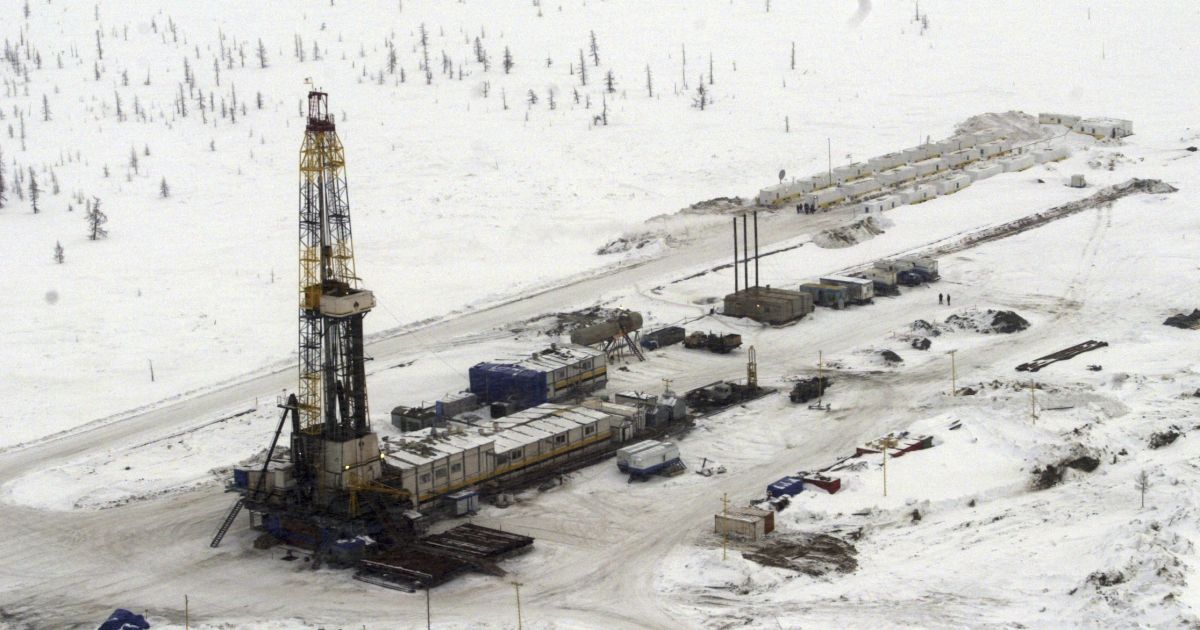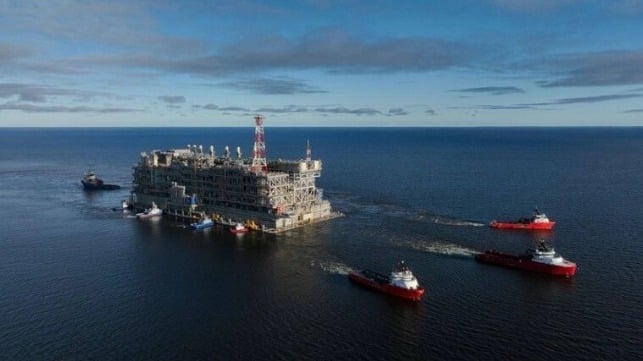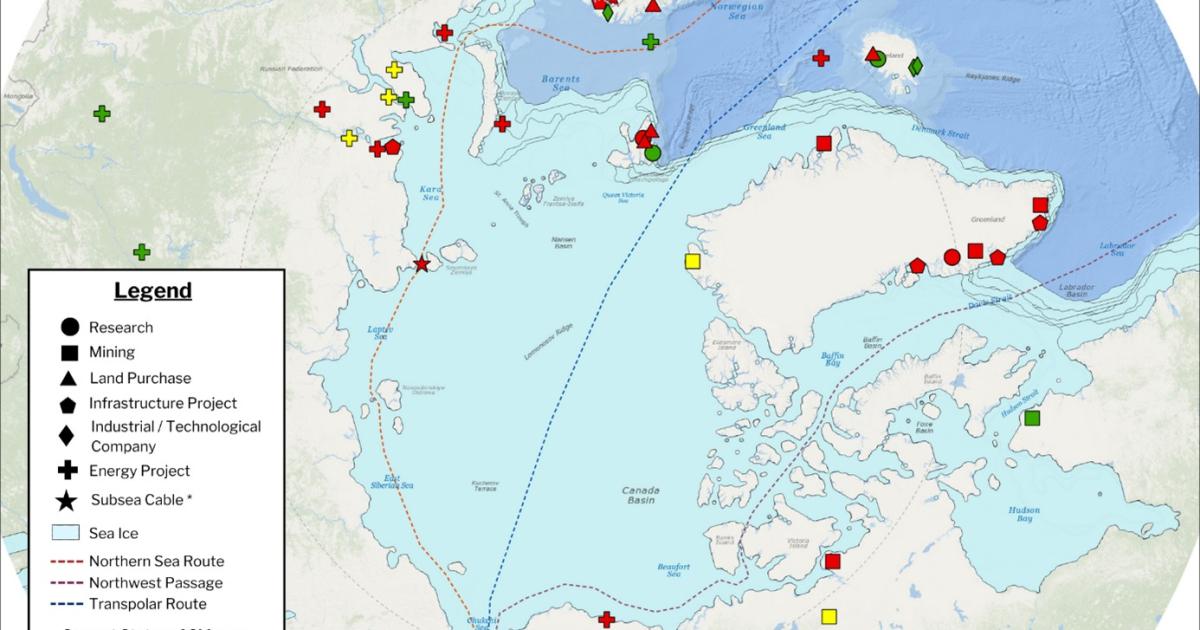daftandbarmy
Army.ca Fossil
- Reaction score
- 42,403
- Points
- 1,160
60 Minutes Australia on a growing threat from China ... very good


I AM NOT COMFORTABLE WITH THIS!!
It’s quite disappointing to me how many westerners, ie: Americans,Canadians and Europeans actually love this level of technology. Here’s another one….in China, in the major urban centres at least, you can physically pay for products in shops using just a scan of your palm-print if you happen to forget your phone and wallet at home…..think about that, especially in context with this face-scan tech.
Because a lot of Westerner are lazy and are always looking for an easy out. My opinion only.It’s quite disappointing to me how many westerners, ie: Americans,Canadians and Europeans actually love this level of technology. Here’s another one….in China, in the major urban centres at least, you can physically pay for products in shops using just a scan of your palm-print if you happen to forget your phone and wallet at home…..think about that, especially in context with this face-scan tech.

Lambs to the slaughter.Because a lot of Westerner are lazy and are always looking for an easy out. My opinion only.
Skynet will be here before you know it....





Bumped with the latest (spotted & shared by Canadaland) - settled!


You know you're old when you get the picture reference that's got everybody else going "huh?".
You know that you're old when you get the picture reference and the worst part is that you didn't even have to think about it.

Hey China!! Nice ship. It would be terrible if it came to an....accident....ya knowA Chinese research vessel returns to Arctic waters — and it appears Canada is watching
Coast guard and military surveillance plane routes closely follow Xue Long 2
The Canadian military and possibly the coast guard appear to have been keeping tabs on a Chinese research vessel as it returns to Arctic waters off Alaska for the second year in a row.
Data compiled by an independent researcher and ship tracker, Steffan Watkins, shows a Canadian air force CP-140 surveillance plane was flying in the vicinity of the Xue Long (Snow Dragon) 2 as it exited the Bering Strait on Sunday.
The aircraft, according to Watkins's research, relocated to Anchorage, Alaska, from its base in Comox, B.C., on July 9. It has conducted four patrols since then, including the most recent one involving the vessel, which is China's first domestically built polar research ship.
Despite publicly available flight tracking showing the CP-140's patrol route, the Department of National Defence would not confirm on Monday the presence of the aircraft and said it couldn't immediately answer questions on the deployment.
The air force appears to have picked up where the Canadian Coast Guard left off.
Coast guard says it's monitoring illegal fishing
The Chinese ice ship left Shanghai on July 6 and passed close to Japan a few days later, before heading north into Russian waters.
"Shadowing the Xue Long 2 all of the way from Japan was CCGS Sir Wilfrid Laurier, which unmistakably paralleled their transit, staying in international waters," Watkins wrote in his latest post, which included ship-tracking data.
The coast guard ship, the data shows, stuck with the Xue Long 2 until it crossed into the Bering Strait, between Alaska and Russia.
Asked about the mission of the Sir Wilfrid Laurier, the coast guard at first provided a circumspect response and pointed CBC News to a June 9 media release which said the ship would be conducting high seas patrols in the North Pacific to counter "illegal, unreported and unregulated (IUU) fishing."
Then late Monday, the agency denied it was shadowing the Xue Long 2.
The stated mission of the coast guard ship was to focus on "migratory routes for key species like Pacific salmon," it said.
However, when ship-tracking data is overlaid with publicly available data on salmon migration routes, only one-third of the recent voyage involved known salmon paths.
The ship's helicopter was also slated to conduct patrols with Canadian fishery officers in Japan to "monitor fishing vessels and support partner countries to ensure compliance with international law," according to the statement.
Prime Minister Mark Carney pledged to expand the reach, security mandate and abilities of the Canadian Coast Guard as part of the Liberal government's plan to beef up the country's defences. Eventually, the federal government intends to integrate the civilian agency, currently under the Fisheries Department, into Canada's NATO defence capabilities to, as Carney put it last June, "better secure our sovereignty and expand maritime surveillance."
Last summer, the Royal Canadian Navy dispatched a frigate to monitor the Xue Long 2 during its voyage to the Arctic — a mission the Department of National Defence took more than a week to acknowledge.
Military experts have described the Chinese ice research ship as a dual-use vessel — suggesting it has a military or defence capacity.
View attachment 94769
What I find interesting is that this ship didn't (at least according to the map above) anywhere near CDN waters. It was off the coast of Alaska the entire time. Even the CP140 was stalking it over Alaskan waters the entire time period.Hey China!! Nice ship. It would be terrible if it came to an....accident....ya know


